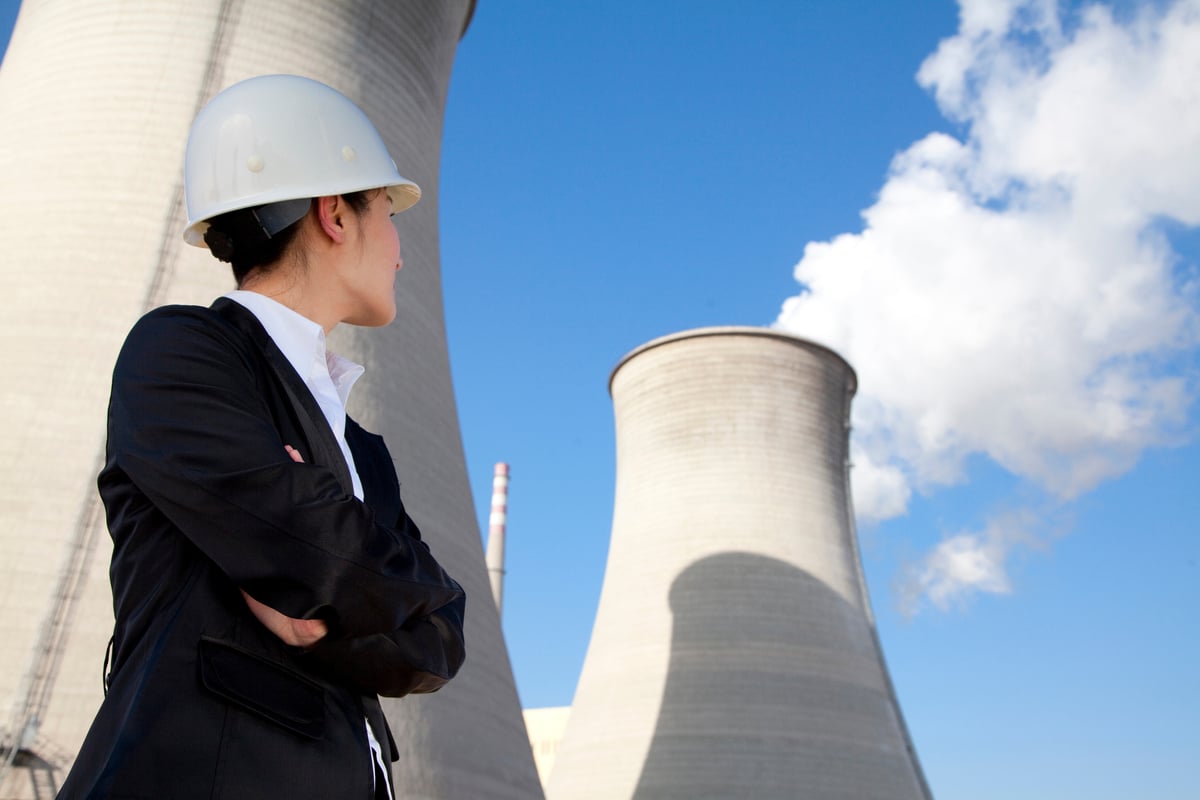This article was written by Oilprice.com -- the leading provider of energy news in the world.
Coal is the largest source of electricity across the world, mainly because it is abundant and cheap. But a string of coal mining accidents this week has served as a stark reminder that coal also remains the world's most deadly source of energy.
In West Virginia, two miners were killed on May 12 while performing a particularly dangerous form of coal mining known as "retreat mining." The miners were removing pillars of coal that hold up the roof of a mine, which causes a burst of coal to shoot down from the roof or wall, which is then extracted. This time, the operation didn't work as planned and the two men were trapped and killed.
The following day, at least 238 miners in Turkey were trapped underground and killed following an explosion and fire at a power distribution unit. The death toll is expected to climb.
The dangers of coal mining are well known, and so are the risks that many coal companies take with their workers. Last year, The U.S. Mine Safety and Health Administration (MSHA) found a pattern of violations at the West Virginia mine where the two workers died this week, Brody Mine No 1. The MSHA documented 253 significant and substantial safety violations. The mine's owner, Patriot Coal, objected to the "pattern of violations" (POV) designation, which triggers tighter federal scrutiny, and pledged to "vigorously contest the POV finding."
To be sure, the number of deaths at U.S. mines has dropped significantly over the years and safety standards have improved. In the early 20th century, the U.S. averaged around 1,000 deaths per year. That dropped to 451 deaths per year in the 1950s, 141 in the 1970s, and finally to around 35 per year between 2006-2010. Even so, the lower numbers are due in large part to the fact that fewer people are doing mining work, as companies shift to increased mechanization.
Still, some estimates are that global mining accidents kill around 12,000 people per year.
And that only quantifies the direct deaths caused by coal extraction, not the deaths caused by its combustion. According to a 2009 report by Physicians for Social Responsibility, coal contributes to "four of the five leading causes of mortality in the U.S.: heart disease, cancer, stroke, and chronic lower respiratory diseases." The American Lung Association pegs the death rate from coal pollution at about 13,000 per year in the United States.
Estimates for deaths caused by air pollution across the globe are harder to come by, but are likely orders of magnitude higher. Take this startling example: in a study by the Proceedings of the National Academy of Sciences of the United States (PNAS), researchers found that coal use shaves off 5.5 years of the average lifespan of a person living in northern China compared to the someone in the south. PNAS reached its conclusion after discovering that Beijing provides northerners with free coal to burn during the winter.
But statistics don't tell the whole story of the damage coal inflicts upon all life on earth. The single largest source of global greenhouse gas emissions comes from the combustion of fossil fuels, of which coal is the worst offender. In the coming decades, climate change is expected cause an untold number of casualties worldwide as sea levels rise and extreme weather events become more frequent.
And since coal is the fastest growing source of energy in the world, there is no end in sight. China alone produces and consumes almost as much coal as the rest of the world combined, and has ambitious plans to build more coal capacity.
In 2012, the World Resources Institute estimated that some 1,200 new coal-fired power plants were on drawing tables around the world. Even if that many aren't eventually built, it's clear that coal – and the devastation that mining and using it causes – isn't going to end anytime soon.





